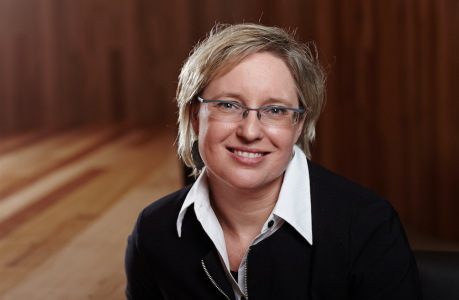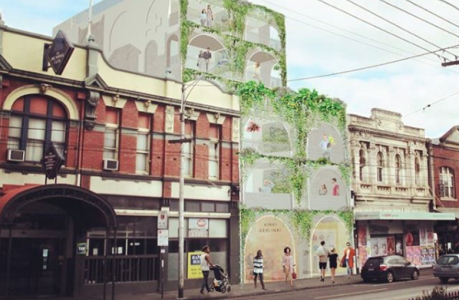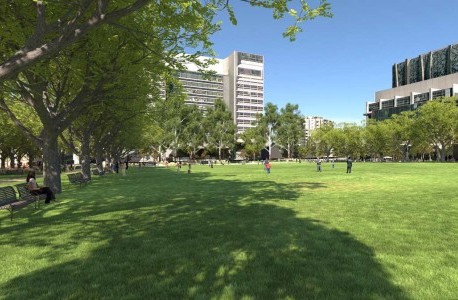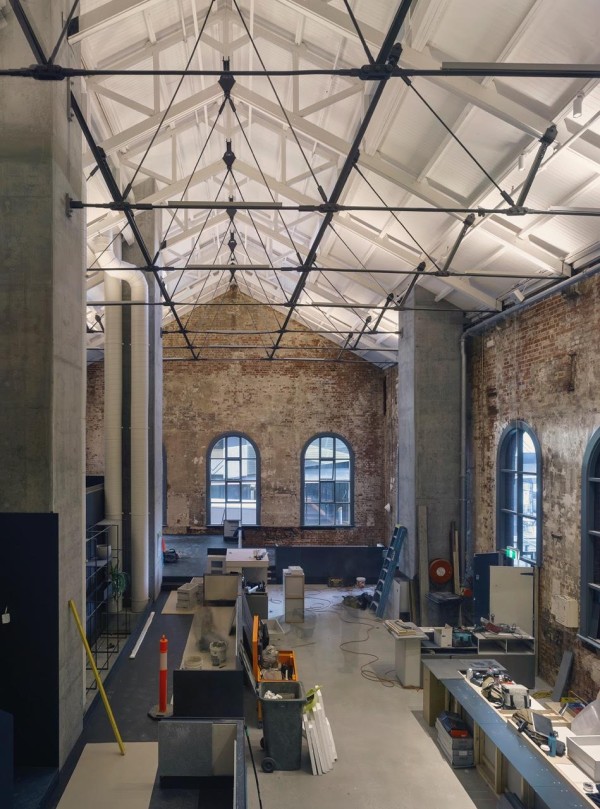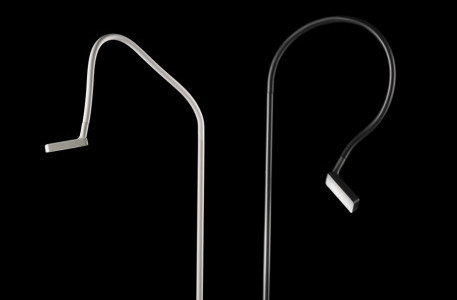
Higher Ground Q&A with Mark Simpson and Damien Mulvihill
Higher Ground Q&A with Mark Simpson and Damien Mulvihill
Share
Australian designers working on contemporary bars and restaurants are constantly raising the bar, making the most of intriguing spaces and adding a level of theatre to the dining experience. Mark Simpson and Damien Mulvihill of the award-winning DesignOffice discuss their latest work on Higher Ground, the new CBD café from the team behind Kettle Black and Top Paddock, opening next Monday.
ADR: Can you give us an insight into how you became involved in the Higher Ground project?
Designoffice: We originally met the client, Nathan Toleman, when we were working on the Filter project with Andrew Kelly from Auction Rooms. Nathan was part of the wider client team and we met a few times during the process. A year or so later, he contacted us to see if we’d be interested in working with them on the creation of a new venue. It turns out it was this site – we jumped at the chance the moment we saw it.
What are the challenges in creating an inviting place to dine within a converted power station?
There were two main challenges – the physical challenges of integrating all of the required services and structure in a discreet and considered way; and also the emotional challenge of creating a sense of intimacy and enclosure in such an enormous volume with compromising its spatial quality.
In your view, what is the most satisfying element of the space?
There are probably two areas we like the most. One is the communal table on the lower platform in the corner looking up Little Bourke Street – from here you have a great aspect up, down, inside and outside and it captures the morning light beautifully. The other is up on the top level, especially at night. We spent a lot of time working to create an intimate lounge area up there which still feels very connected to the rest of the space.
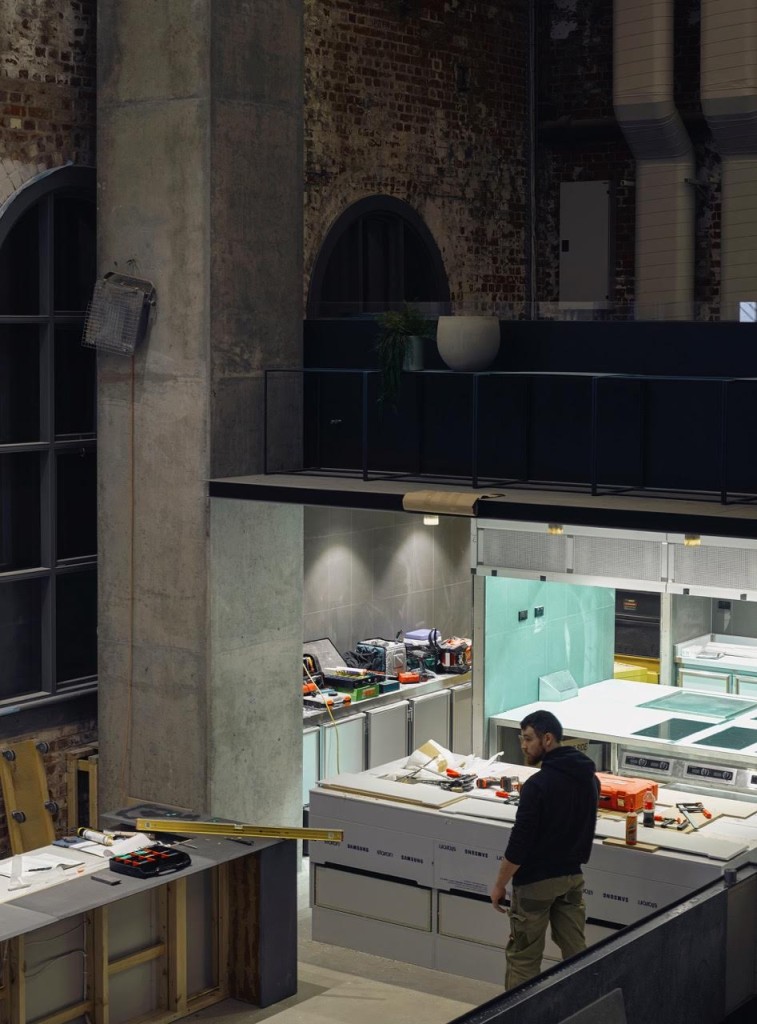
Given the role that social media plays in promoting restaurants and bars do you feel there is now more pressure on designers to create visually high-impact dining venues?
To be honest, its not something we ever give much consideration to… Our design approach is very much driven by the emotional sensibility and function of spaces – these are the qualities which stay with you, make the place work and keep customers returning. The aesthetic response obviously plays a huge part in the process but its not the primary driver for us.
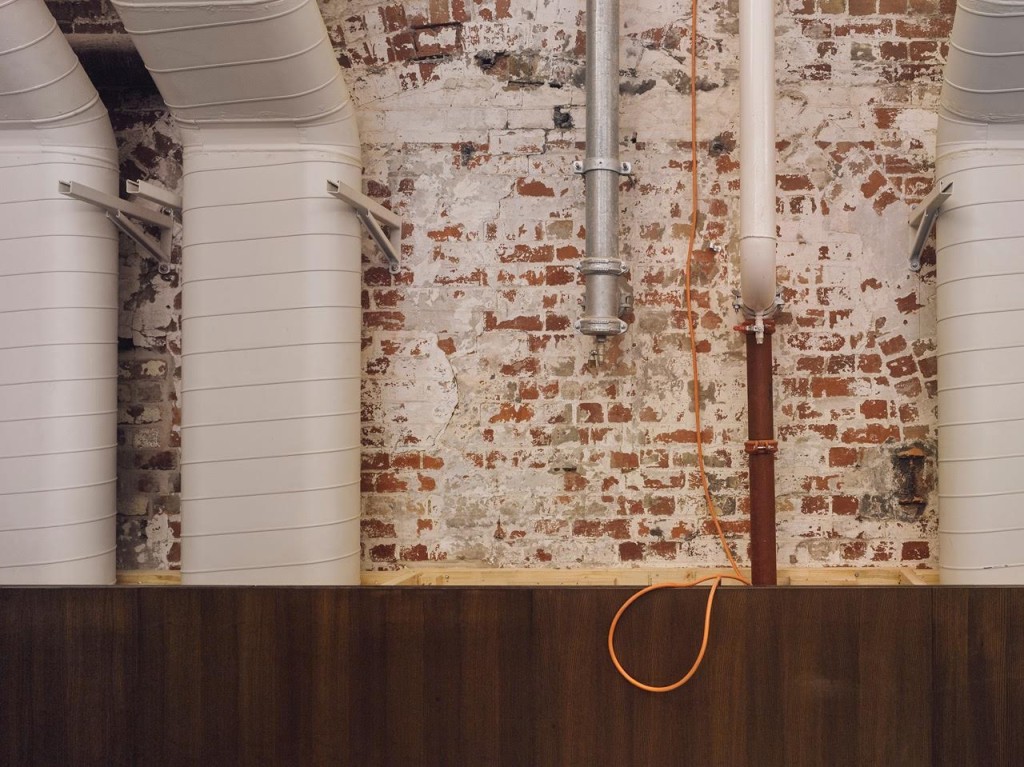
The Australian hospitality scene has really evolved over the last few years – everyone is a foodie these days – what role does design play in this?
Design plays a huge role in the hospitality scene, especially when working to create a particular sense of conviviality. At the end of the day a great dining experience is often about the food, people, acoustics and lighting. These ‘quiet’ qualities are the ones that often can’t be defined but are the ones which affect our experience. Brand also increasingly plays a part in the development of design responses for hospitality venues. A clear personality or point of difference is increasingly important in certain sectors of the industry.
You Might also Like
